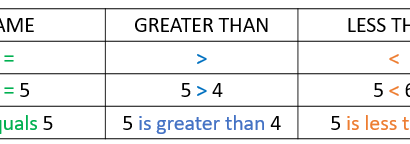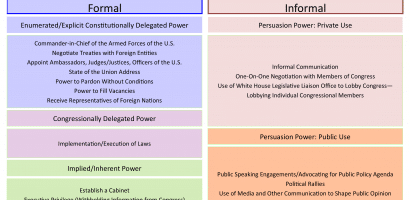Hyperbole is a word which we often come across in literature classes in school, especially in poetry. In the English language, there are different figures of speech. These figures of speech are poetic devices that bring about a comparison, a description in a poem, or any work of literature at large. So, such devices ornament the language and make it beautiful. Ornamentation is often very important in poetry. Moreover, poetry is something that presents layer after layer of meaning. Poetic devices help poetry attain these significances. A hyperbole is one such figure of speech among many others like metaphors, similes, and so on.
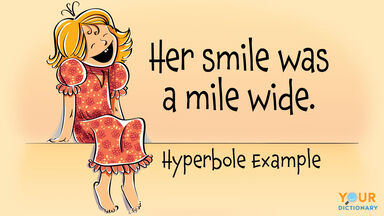
What is the meaning of hyperbole?
A hyperbole is a figure of speech. It traces its origin from a Greek word that means “over-casting”. We all know hyper in science and arts often mean many or something in a quantity that is more than normal. Therefore, it becomes a figure of speech or a device that indicates unnecessary exaggeration. The primary reason to exaggerate ideas is to create an emphasis on the subject.
Hyperbole often creates over-exaggeration, leaving alone exaggeration. Such an outburst only signifies humor. Therefore, hyperboles should never be taken in the literal sense only. In fact, it is a device that the poet uses to make the reader get an idea about the enormous magnitude of the thing he is writing about or his feelings while writing.

How do you use hyperbole?
Hyperbole undoubtedly is a poetic device. All through the ancient ages, poets have used hyperboles in their poetry again and again. Think about it this way, you are supposed to be dramatic in poetry and hyperbole makes a sentence look dramatic. Poets have used hyperboles to express various kinds of feelings. These might be an overflowing, evergreen love, a heartbroken pain, a gloomy melancholia, and so on. It amplifies all of these. In the sections below, we will take a look at how poets over the ages have masterfully and profoundly used them in their poetry.Read Also: Gender Schema Theory: Definition & Explanation
However, before that, we have to note another thing. Although hyperbole is a poetic device, we use it a lot in our day-to-day exchanges. Now, the case may be that we use hyperboles without knowing they are so. For example, suppose you are meeting a dear friend after a really long time, but not more than maybe some weeks. However, we often find ourselves saying, “ Hey, I have not seen you in ages.” The usage of “ages” here is hyperbole. Surely, we might have not seen each other for a long time but a few weeks is not “ages”. Ages mean centuries. So, the word “ages” here exaggerates your feeling- how long you felt while waiting. It signifies your wait, or maybe your underlying love for your friend. So, we use hyperboles to emphasize a real situation by incredibly exaggerating it.

What is the synonym of hyperbole?
There can be a lot of synonyms for hyperbole. Anything which means to describe in unrealistically large quantities can be its synonym. Listing here a few-
- Exaggeration
- Magnification
- Amplification
- Overstatement
- Excess
- Puffery
Purple Prose might also be a synonym for hyperbole. It means to elaborate something in large quantities. However, the medium in this case must be prose.

What is the antonym of hyperbole?
The opposite or antonym of hyperbole should be an understatement. However, there is a figure of speech that caters to this. Linguists call it Litotes. Therefore, litotes is a kind of a rhetorical device whereby the poets use understatements. However, it is not as popular or widely used as hyperboles are.
Example of hyperboles in poetry
Hyperboles are one of the favorite poetic devices of the poets. Over the ages, we find a wide selection of poetry from different poets where we find extensive usage of poetry. The amount of ornamentation might vary with each poem. Each poet has his/her/their own way of ornamenting a poem. Therefore, the way they use hyperbole might be very unique to them. Different poets might choose to use entirely different kinds of hyperboles. Here, we will take a look at the hyperboles which are present in some of the most well-known poetry in English literature.
Daffodils by William Wordsworth

Probably one of the most famous of all Romantic poems and poetry in English literature at large, Wordsworth’s Daffodils makes extensive use of hyperboles. He uses it several times throughout the poem. This he does to make the reader realize the magnanimity of his feelings regarding the daffodils or the innumerable daffodils in the long stretch. He writes-
“Continuous as the stars that shine
And twinkle on the Milky Way,
They stretched in a never-ending line
Along the margin of a bay
Ten thousand saw I at a glance,
Tossing their heads in sprightly dance.”
The Iliad by Homer
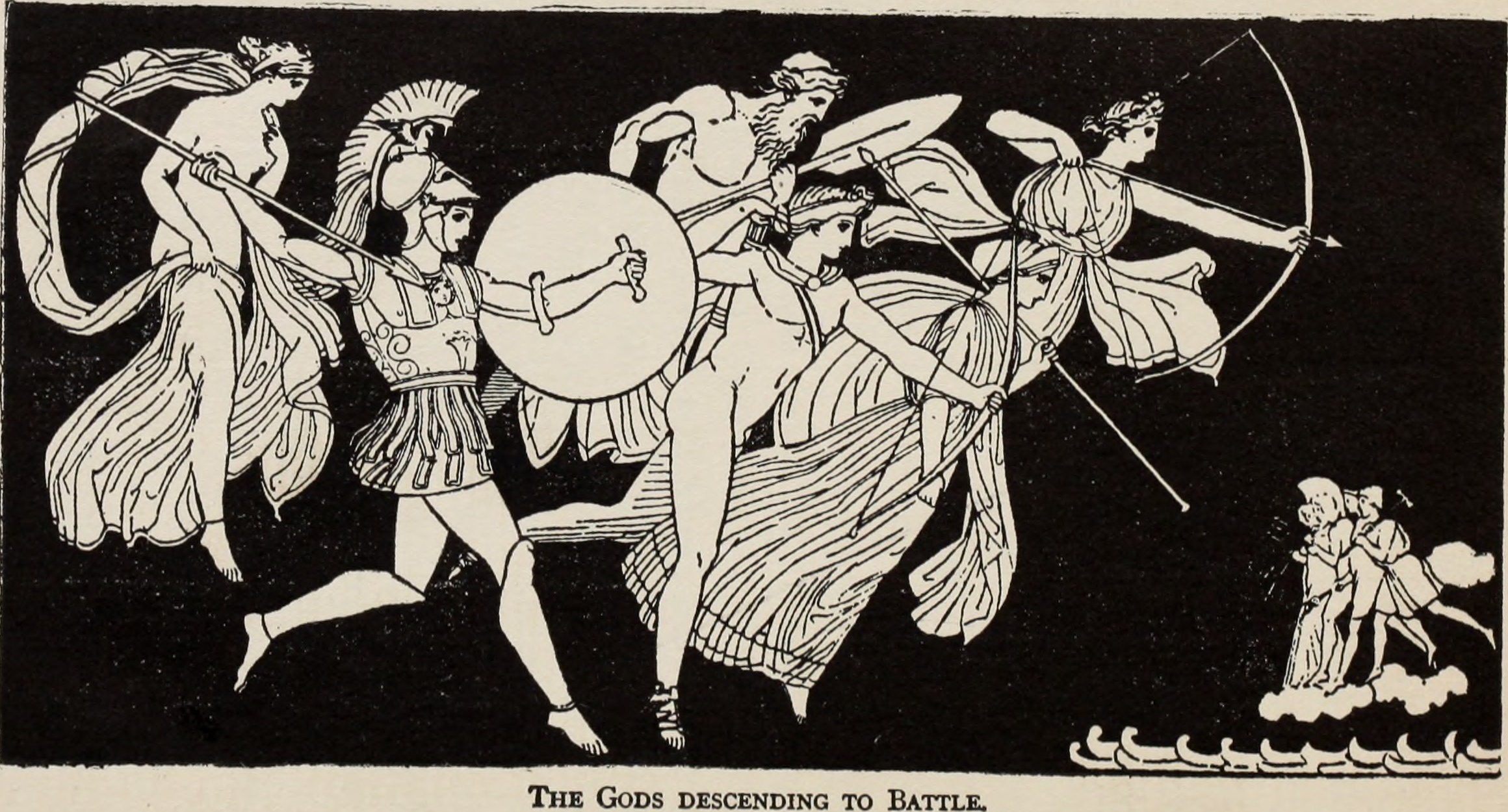
The Iliad is an epic poem. We can never know the original writer of such epics. However, we consider Homer to have written it because he was the first person we know who transmitted the story from one generation to the next. Homer never wrote the Iliad. It was a part of the oral tradition. Oral tradition means Homer delivered the entire poem orally to his audience and this continued over a generation. So, one had to remember the entire poem. This is why figures of speech are extremely important in epics. Comparisons with ordinary things helped one remember the plot of the epic since it is very long. So, there are many hyperboles throughout the text. One example would be when the god Mars cries out-
“As loudly as nine or ten thousand men can.”
To His Coy Mistress by Andrew Marvell
Andrew Marvell is a metaphysical poet who lived in 17th century England. Metaphysical poets were famous for too much exaggeration and unconventional comparisons between things. So, no doubt, hyperboles were one of their favorite poetic devices. John Donne, one of the greatest metaphysical poets, compared the parting shriek of lovers to the sound an earthquake produces. This is the kind of exaggeration that they deal with. So, Marvell writes-
“A hundred years should go to praise
Thine eyes and on thy forehead gaze;
Two hundred to adore each breast;
But thirty thousand to the rest.”
The Concord Hymn by Ralph Waldo Emerson
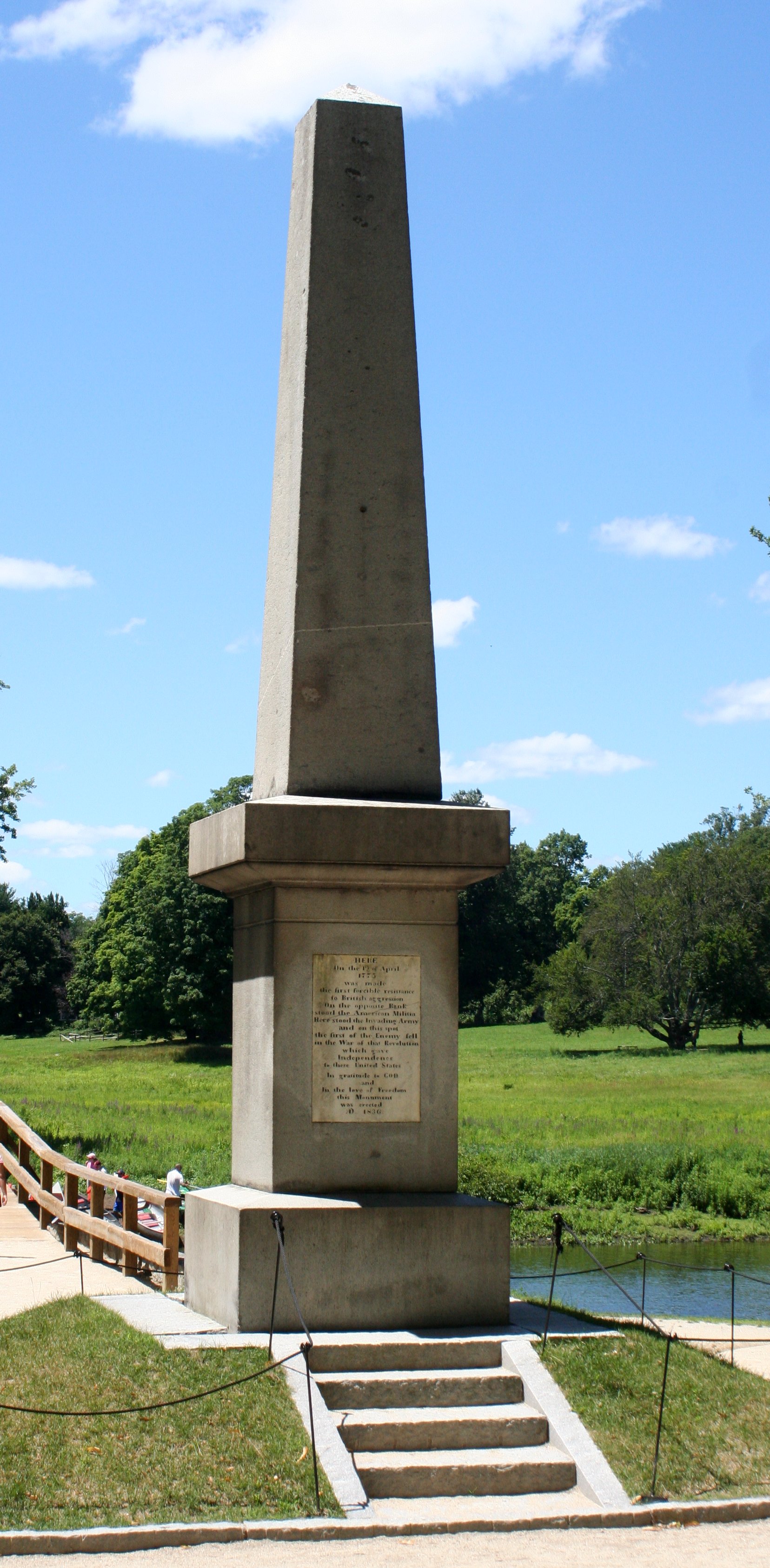
Emerson is one of the founding fathers of the United States of America. He was a pioneer figure in the American Revolution in the 17th century. In this poem, he invites the new settlers to make history in this new land because there were no civilized people here. By telling so, he denies the existence of the tribal people but this is what his intention is. He is writing about Concord in Massachusetts which was the heart of American culture and education. So, in the process he exaggerates. He writes-
“Here once the embattled farmers stood
And fired the shot heard round the world.”
A Red, Red Rose by Robert Burns

One of the most widely existent themes in poetry is love. Among various kinds of love, people and poets alike have an overwhelming attraction for romantic love which exists between two lovers. Poets, over the ages, have always indulged themselves in using hyperboles generously while describing the love he feels. They also use a lot of hyperboles when they describe the beauty- physical beauty, particularly of their beloved or muse. This reflects the kind of love they feel. So, in his love sonnet, Robert Burns tells how he will miss his bonnie lass by using this device. He writes-
“Till a’ the seas gang dry, my dear,
And the rocks melt wi’ the sun;
I will love thee still, my dear,
While the sands o’ life shall run.”

